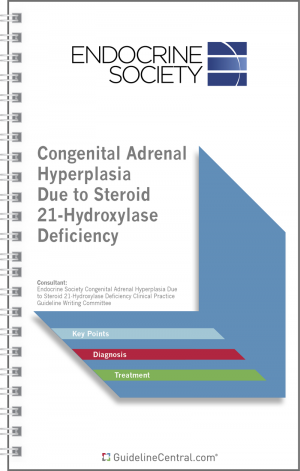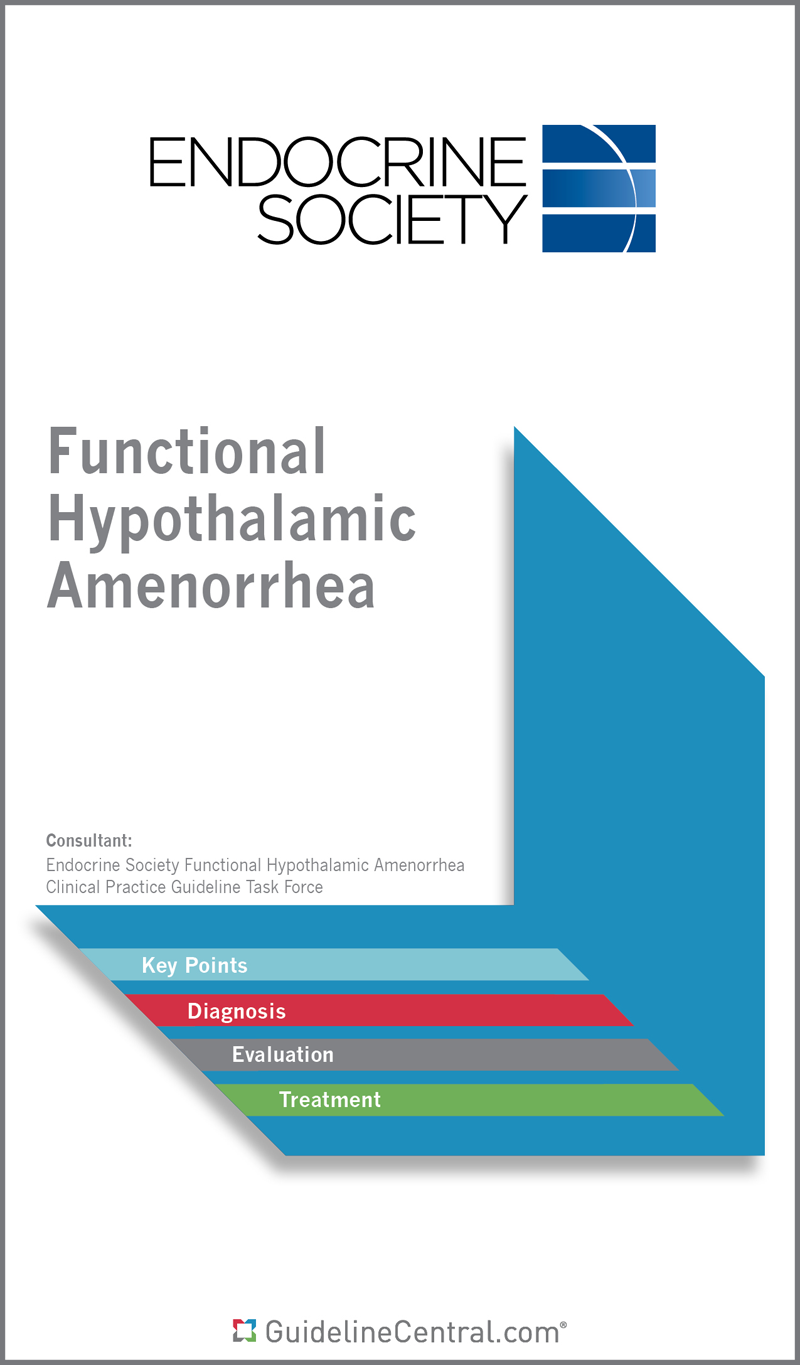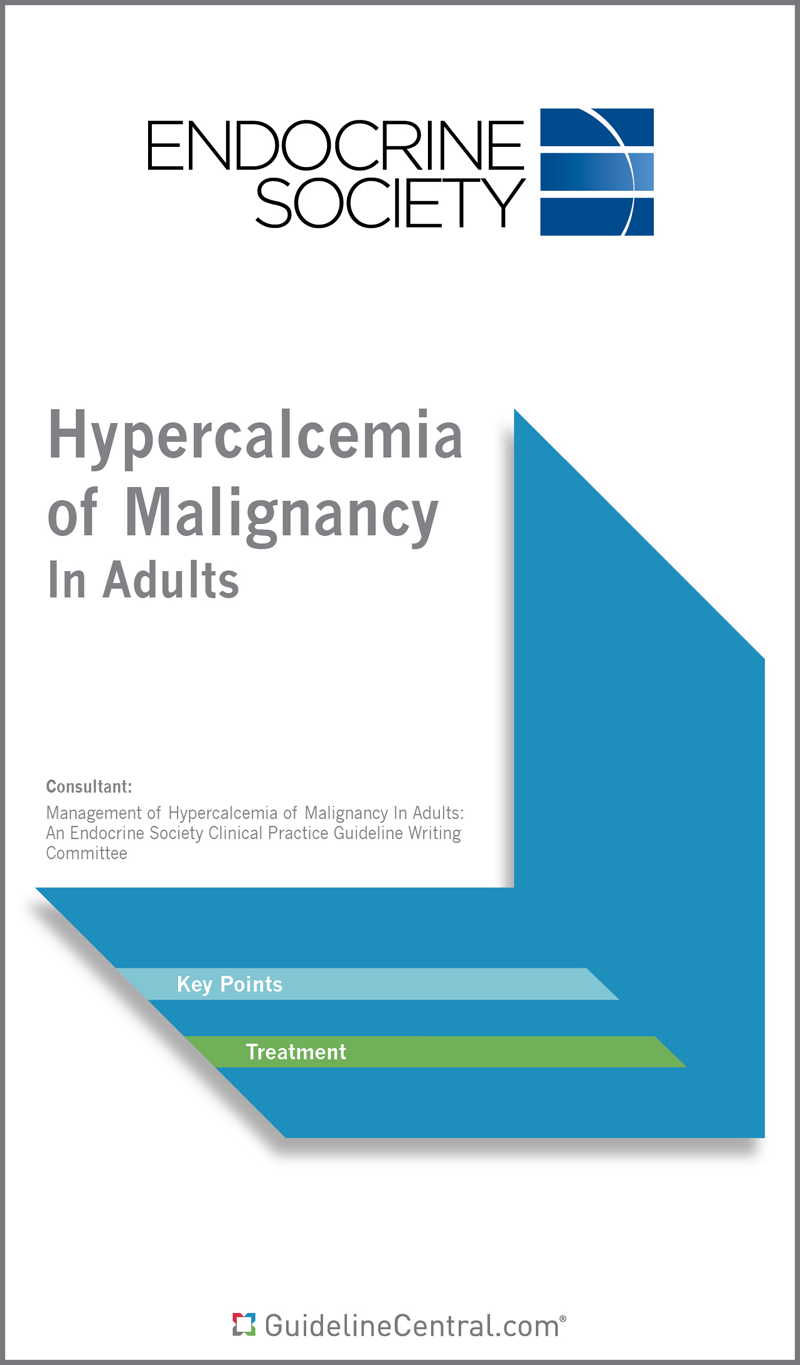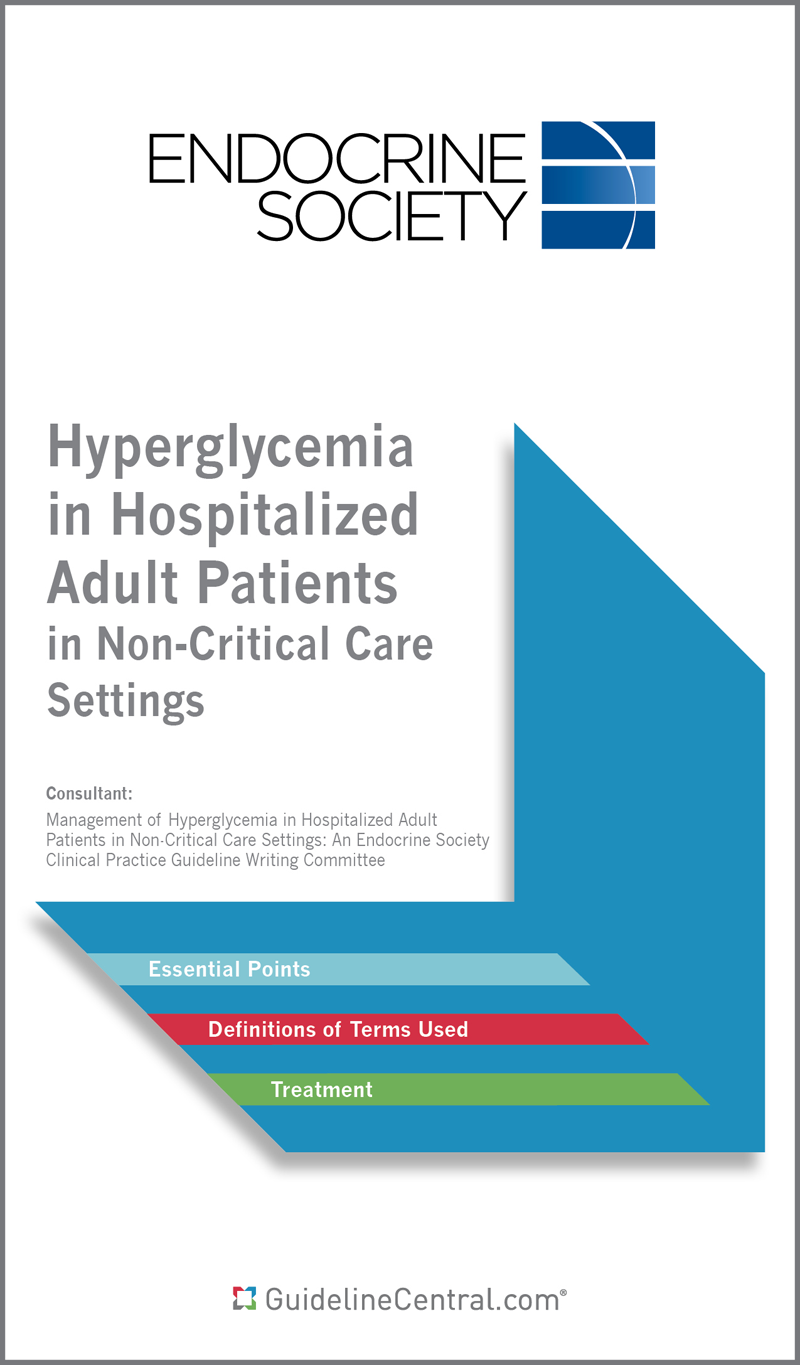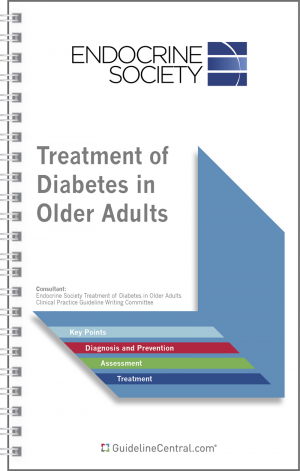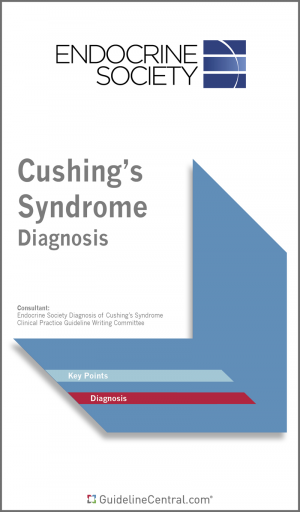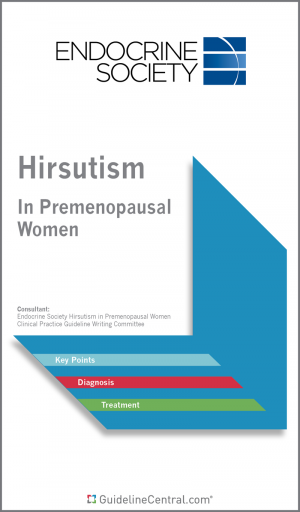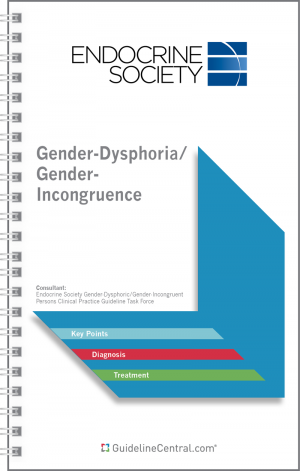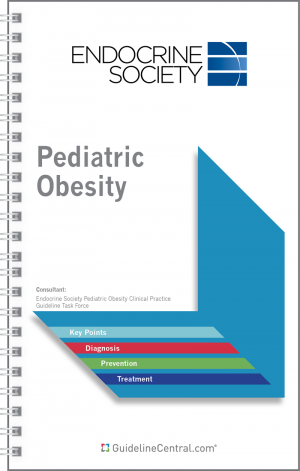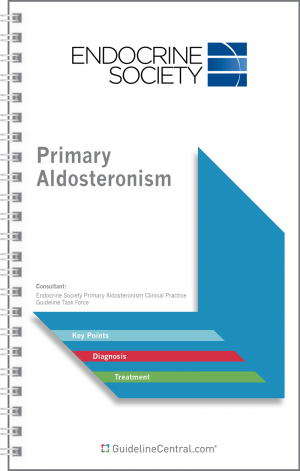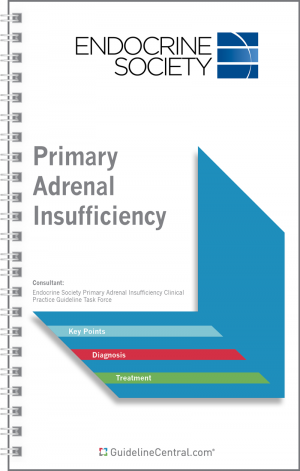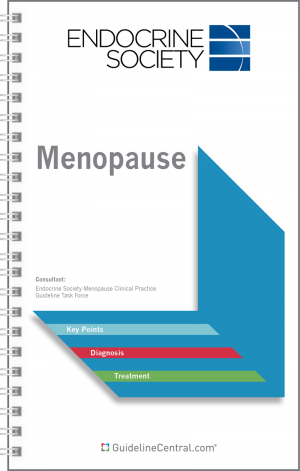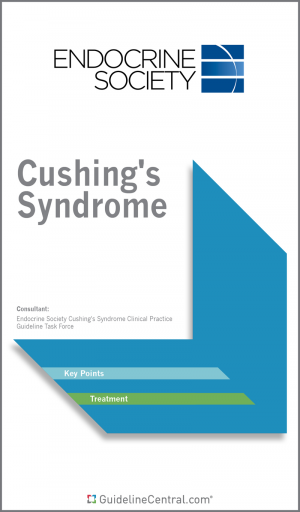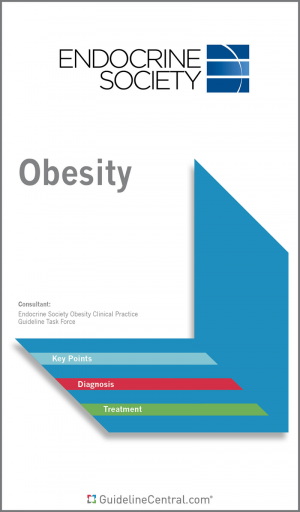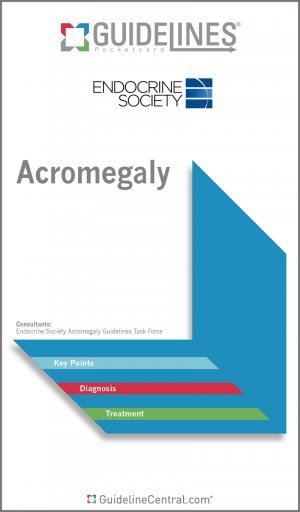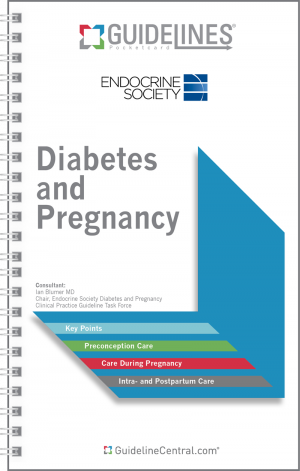- 8 pages
- Multifold
- 80# Aqueous Coating
- 4.25" x 7.25"
- Ships in 5 – 10 business days
- Key Points
- Diagnostic Recommendations
- Potential Etiologies of Amenorrhea
- Common Causes of Anovulation and Accompanying Laboratory Patterns
- Evaluation Recommendations
- Treatment Recommendations
- For purchases under 100 in quantity, we suggest placing the order directly through the website.
- We offer group/institutional licenses for multi-user accounts (discount amount varies depending on the number of users).
- We are proud to offer special discounts to medical schools, training programs, students and more.
- We offer bulk purchase discounts based on number of copies and number of titles.
Contact Us for more details
Description
This resource is for informational purposes only, intended as a quick-reference tool based on the cited source guideline(s), and should not be used as a substitute for the independent professional judgment of healthcare providers. Practice guidelines are unable to account for every individual variation among patients or take the place of clinician judgment, and the ultimate decision concerning the propriety of any course of conduct must be made by healthcare providers after consideration of each individual patient situation. Guideline Central does not endorse any specific guideline(s) or guideline recommendations and has not independently verified the accuracy hereof. Any use of this resource or any other Guideline Central resources is strictly voluntary.
You can also find this product included in this bundle!
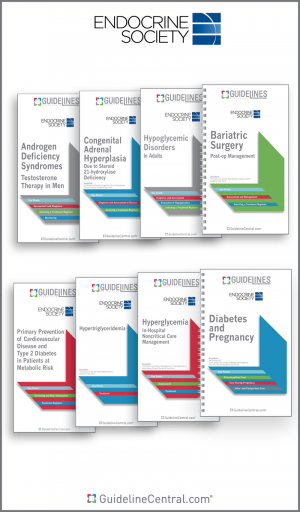
- Acromegaly
- Congenital Adrenal Hyperplasia Due to Steroid 21-Hydroxylase Deficiency
- Cushing's Syndrome Treatment
- Diabetes and Pregnancy
- Diagnosis of Cushing's Syndrome
- Evaluation and Treatment of Hypertriglyceridemia
- Functional Hypothalamic Amenorrhea
- Gender-Dysphoria / Gender-Incongruence
- Hirsutism in Premenopausal Women
- Hypercalcemia of Malignancy in Adults
- Hyperglycemia in Hospitalized Adult Patients
- Hypothalamic–Pituitary and Growth Disorders in Survivors of Childhood Cancer
- Lipid Management in Patients with Endocrine Disorders
- Management of Individuals with Diabetes at High Risk for Hypoglycemia
- Menopause
- Obesity
- Paget's Disease of Bone
- Pediatric Obesity
- Pharmacological Management of Osteoporosis in Postmenopausal Women
- Primary Adrenal Insufficiency
- Primary Aldosteronism
- Primary Prevention of ASCVD and T2DM in Patients at Metabolic Risk
- Testosterone Therapy in Men With Hypogonadism
- Treatment of Diabetes in Older Adults
Related Guidelines
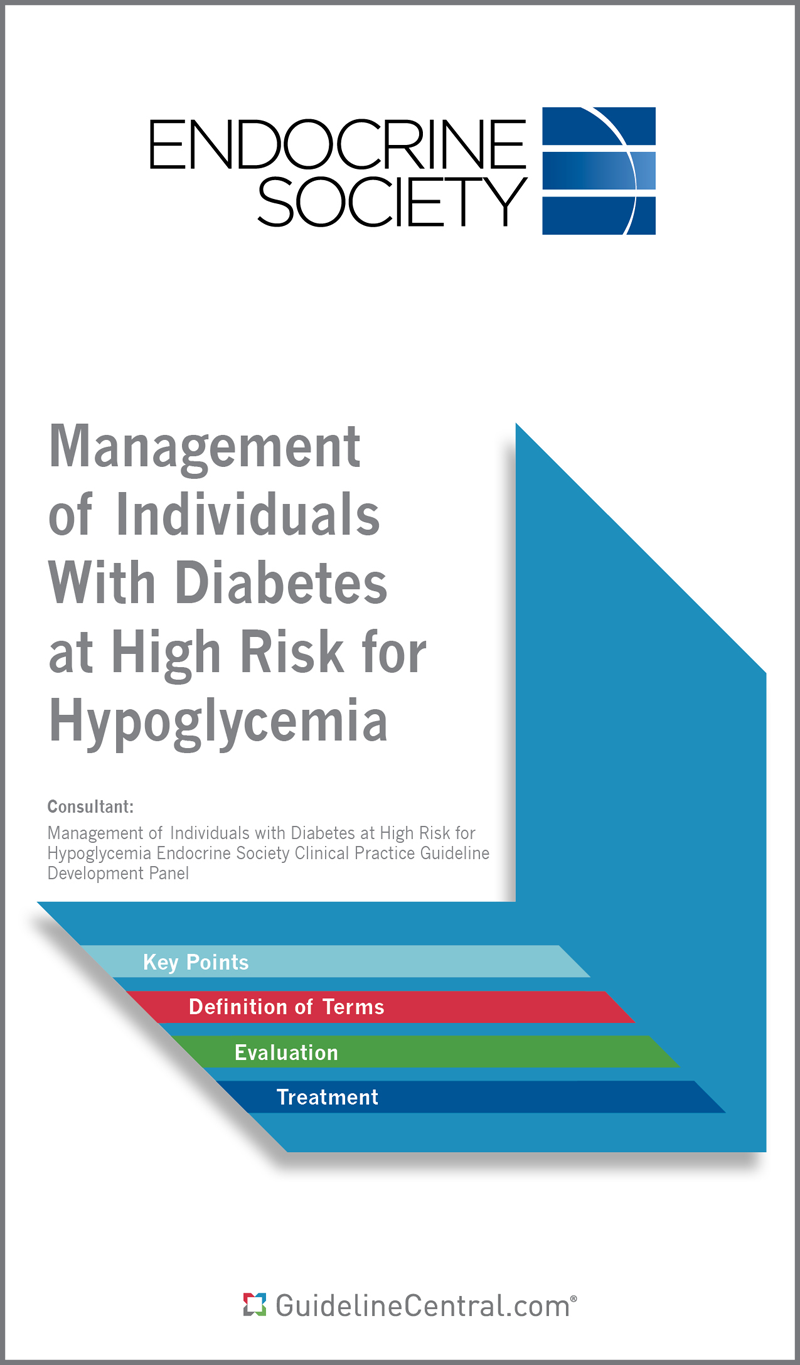
Management of Individuals with Diabetes at High Risk for Hypoglycemia
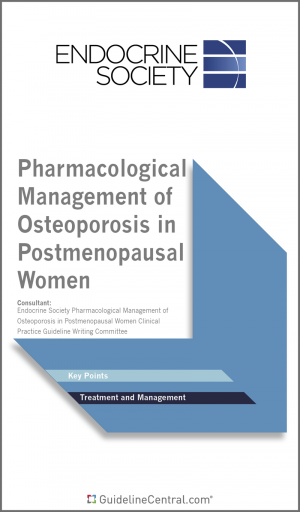
Pharmacological Management of Osteoporosis in Postmenopausal Women
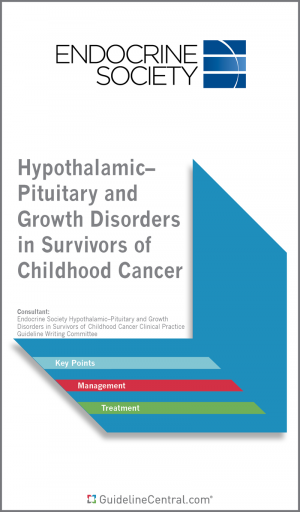
Hypothalamic–Pituitary and Growth Disorders in Survivors of Childhood Cancer
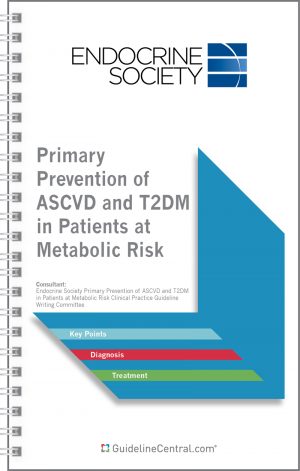
Primary Prevention of ASCVD and T2DM in Patients at Metabolic Risk
